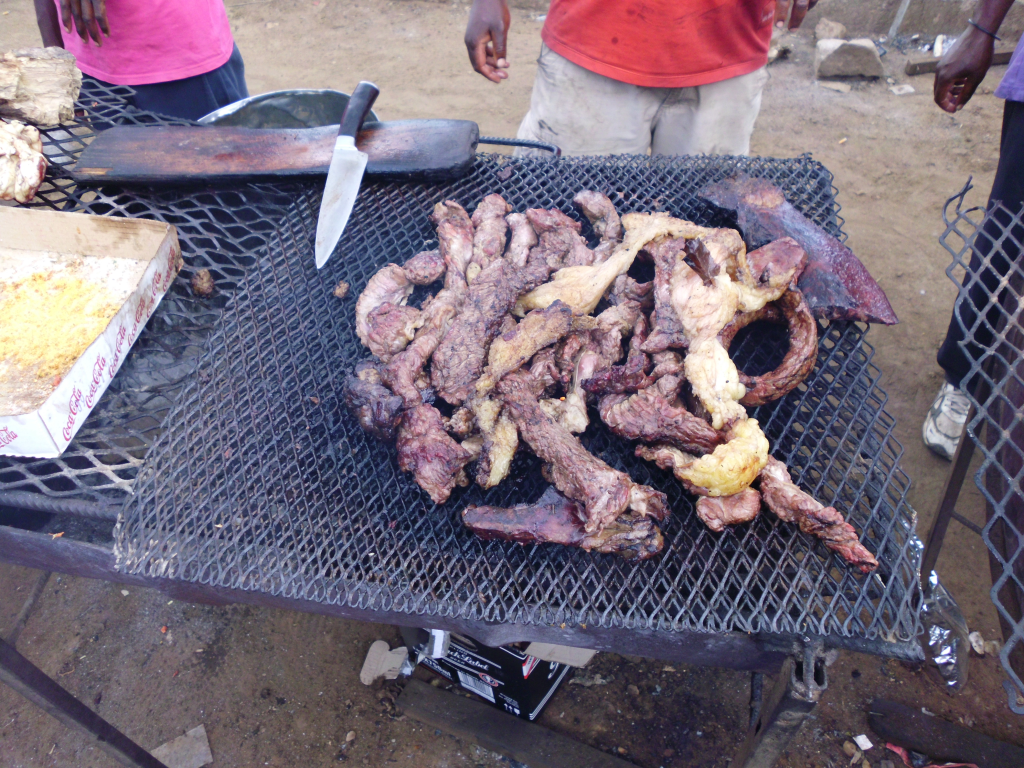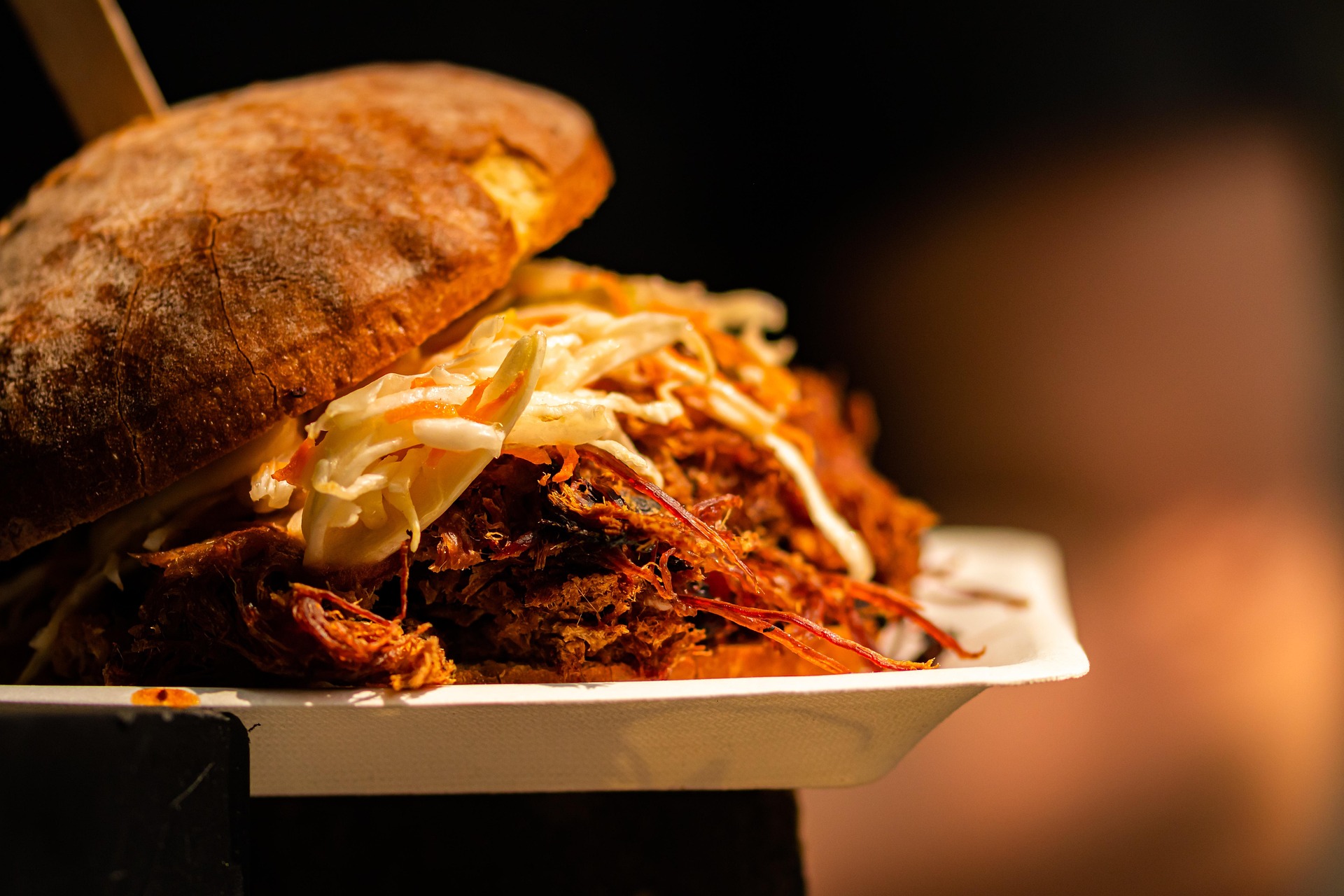There’s a certain kind of magic that lives on the streets of Southern Africa, a rhythm that isn’t written in music but in the crackle of oil, the sizzle of grills, and the laughter that spills from one food stall to the next. For me, discovering this region has always meant following my nose, from smoky alleyways to sunlit markets, chasing the comforting aromas of food made by hand, with heart, and always with a story.

My first real introduction to street food came in Durban. The air was thick with spice, cumin, coriander, and the unmistakable scent of curry powder. A friendly vendor, her apron dusted with flour, handed me a bunny chow: a hollowed-out loaf of bread brimming with fiery mutton curry. It wasn’t neat, and it wasn’t fancy, but it was perfect. That first bite told me everything I needed to know about South African street food: it’s food for the soul, born from community, resilience, and a shared love of flavor.
In Johannesburg, the scene shifts. The heartbeat of the city echoes in its kota, a township take on a sandwich stacked high with polony, chips, cheese, and sauce. I remember standing outside a buzzing corner spaza, unwrapping my kota like a prized gift. The man next to me, a taxi driver, chuckled and said, “You can’t eat that with manners, my friend. You eat it with hunger.” He was right. The kota isn’t just a meal, it’s an experience of pure joy, messy fingers and all.
Crossing borders, the flavors continue to evolve. In Mozambique, the air carries the scent of the sea and charcoal smoke. Vendors line the beaches, grilling fresh prawns and fish brushed with piri-piri sauce so spicy it makes your lips tingle. There’s something grounding about sitting by the ocean, eating with your hands, and realizing how food connects you to the land, the water, and the people who make it.
Further north, in Zambia, I found comfort in simplicity: nshima served with grilled tilapia and a tomato relish called relish or ifisashi. It’s hearty, communal food, meant to be eaten together, by hand, with conversation. There’s a sense of belonging in the way everyone shares from the same bowl, laughing as they talk about the day.

And in Namibia, the streets hum with the scent of kapana, small strips of beef sizzling over open flames, seasoned with chili salt and served straight off the grill. Kapana isn’t just food, it’s a gathering. Strangers become friends over shared bites, and every mouthful tastes like the warmth of the African sun.
What makes Southern Africa’s street food scene so unforgettable isn’t just the diversity of dishes, it’s the spirit behind them. Every vendor has a story. A grandmother passing down her secret sauce recipe. A young couple saving up for a food truck dream. A community built around flavors that are both humble and extraordinary.
Street food here is more than convenience; it’s identity. It’s a reflection of who we are: bold, generous, unpretentious, and always ready to share. Whether you’re navigating a busy market in Lusaka, grabbing a kota in Soweto, or watching the sunset with grilled prawns in Maputo, you’re tasting the heart of Southern Africa, one delicious bite at a time.
Must-Try Street Food Dishes in Southern Africa
- Bunny Chow (South Africa) – Spicy curry in a hollowed-out bread loaf.
- Kota (South Africa) – A loaded township sandwich.
- Kapana (Namibia) – Flame-grilled beef with chili salt.
- Nshima with Relish (Zambia) – A maize meal dish with hearty sides.
- Piri-Piri Prawns (Mozambique) – Grilled seafood with fiery sauce.
- Vetkoek (South Africa) – Deep-fried dough stuffed with mince or jam.





